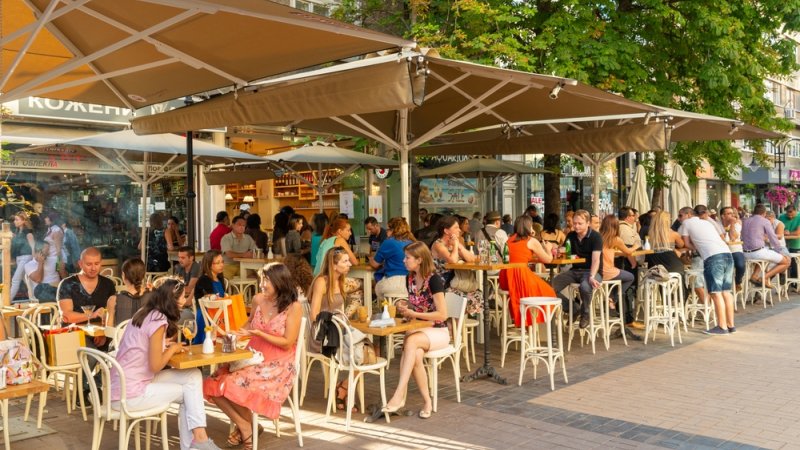Bulgaria joined the Schengen Area this year, becoming an integral part of "Open Borders Europe." This is another step in the prominent "Westernization" trend the country, particularly Sofia the capital, has been experiencing in recent years.
"Sometimes it seems there are more cars than people in Sofia," our guide said as she drove us around, illustrating the prosperity Bulgaria's capital is experiencing. However, we couldn't help but muse over the fact that a young woman with a master's degree and working for a pharmaceutical company finds it necessary to supplement her income by driving tourists in her personal car on weekends.
 Photo: Shutterstock
Photo: ShutterstockEven when she took us to a new and luxurious shopping center, we couldn't ignore Sofia's duality, boasting upscale stores, luxurious hotels, bustling cafes and restaurants, yet still having gray, neglected buildings and struggling individuals on the side streets.
In the city's suburbs, the massive train complexes from the communist regime are hard to miss. Reaching their entrances involves navigating through cars filling the sidewalks, as no one imagined back then that ordinary people might one day own vehicles.
However, Bulgaria's capital, home to about two million of the country's seven million residents, is experiencing rapid modernization following its accession to the European Union.
Not Just Shopping
Vitosha Street, the city's main boulevard, is polished and well-kept, full of luxurious stores, but just like in Western metropolises, shopping culture here is also shifting to malls. These offer their products at relatively low prices compared to the West and even Israel, but thanks to open borders, prices might soon increase significantly.
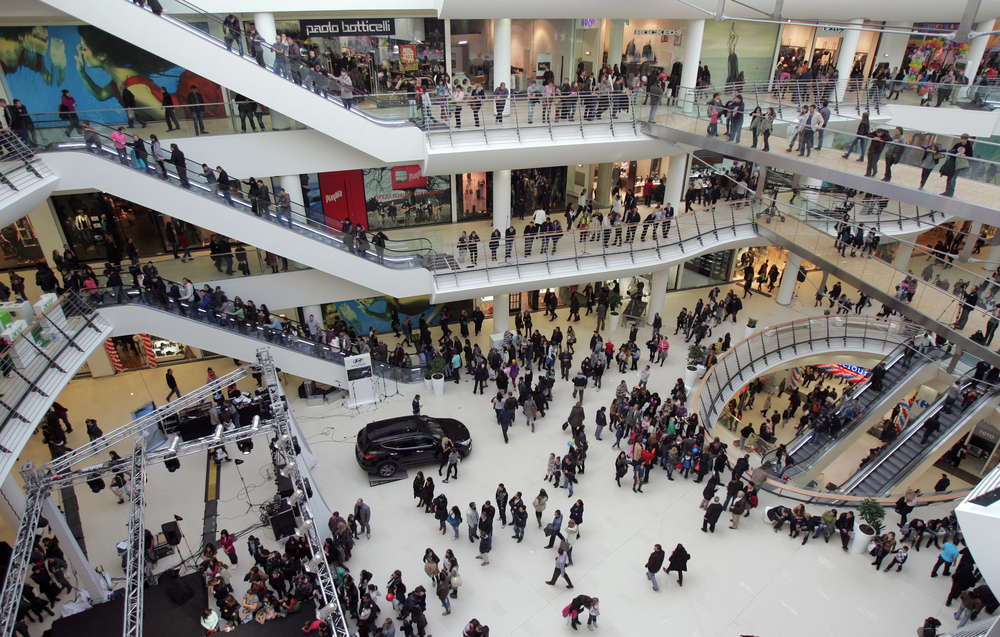 Photo: Shutterstock
Photo: ShutterstockForeign tourism in Sofia has also developed due to low prices, but mainly because gamblers flock to the casinos. Around Sofia's casinos, luxurious hotels and convenient infrastructures, restaurants, and spa complexes have been built for gamblers. Ultimately, the growing tourist infrastructure also serves visitors who are not interested in gambling.
Sofia offers opportunities for a luxurious vacation. A fancy hotel, excellent restaurants, top-notch spa, and more—all still at prices affordable in our terms.
A Bit of History
The historical center of Sofia, where the main tourist attractions are concentrated, isn't very large and is best toured on foot. The best way to get a first impression of the city is to join the organized tours of Sofia Free Tour, which depart twice a day from the courthouse near the lion statues.
The tour is free, guided by local young people in English, in good spirits, and effectively provides a good overview of the city, its history, and its prominent characteristics.
The guide proficiently explained the social and economic turnovers Sofia has undergone in recent years, moving away from communism and trying to embrace capitalist values, with all the accompanying challenges.
The tour starts from Vitosha Street and covers various attractions, including the renovated and popular St. Nedelya Church, the golden statue of St. Sofia replacing Lenin's statue in the main square, the TsUM Department Store—the first Soviet department store in the city, still functioning and trying to compete with its new shiny peers, Serdica—the ruins of the ancient Roman city, the Grand Mosque and nearby Sofia's main synagogue, the Central Mineral Baths—the city's traditional spa complex, beneath which flows a thermal spring, the city museum, the Bulgarian Parliament building, the Narodna Sobranie Square, the Presidential Building with guards in traditional uniforms at its entrance, the St. George Rotunda Church—the city's oldest Roman-era structure, decorated with numerous wall paintings, the Archaeological Museum, the Ethnographic Museum, and of course, the massive and impressive Alexander Nevsky Cathedral, Sofia's touristic symbol.
In Sofia, there are also other sites worth visiting, such as the Vasil Levski Monument—leader of Bulgaria's national liberation movement, the imposing National Palace of Culture, the Opera House, the Central Market Hall, Pirotska Street, and more.
We entered for an enlightening and extensive visit to the main synagogue and the Jewish museum. It's the largest and most well-maintained Sephardic synagogue in the Balkan countries, and even today, services are held on weekends, despite the Jewish community in the city numbering only about 2,000. The synagogue is mainly maintained through donations from Jews worldwide, with some assistance from the city council.
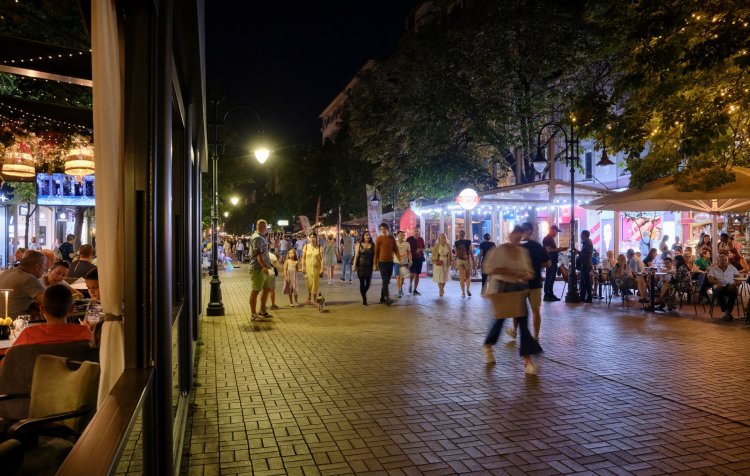 shutterstock
shutterstockFrom the City to the Mountain
We chose to also visit the reconstructed ruins of the ancient Roman city Serdica, and anyone visiting Sofia can't avoid a trip to Mount Vitosha, rising south of the city. It's the main recreation and hiking site for locals. Endless forests, streams, waterfalls, and various corners and gardens for tranquility and social gatherings cover the mountain from all sides.
One of the main attractions on the mountain is the Golden Bridges, enormous rock piles somehow swept to the mountain slopes, creating a kind of golden bridges among the trees, thanks to the yellow flowers adorning them.
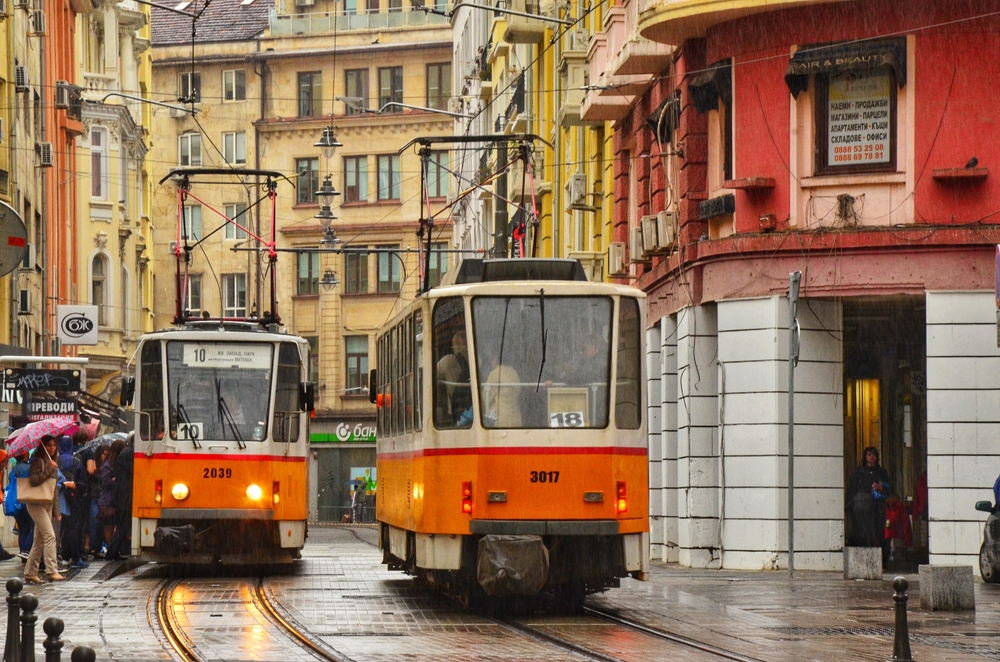 Photo: Shutterstock
Photo: ShutterstockAnd yes, we also visited a mall in the end. Like in many places, most are located outside the city. A true paradise for shopping enthusiasts. The selection is vast, the products are of high quality, international brands shine, and the prices are low. All malls are open from 10:00 to 22:00 every day of the week.
If you want a recommendation—Serdica Mall, named after the Roman city, located in the city's suburbs (a taxi ride is still cheap), is an excellent shopping center where you will find the best stores and all the major brands at tempting prices. There are always discounts and sales, and you can't help but strengthen your leg muscles and leave with a variety of bags.
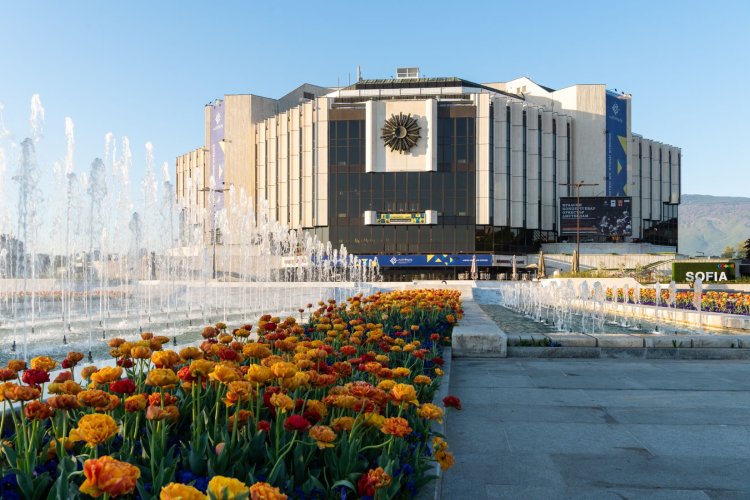 shutterstock
shutterstock
